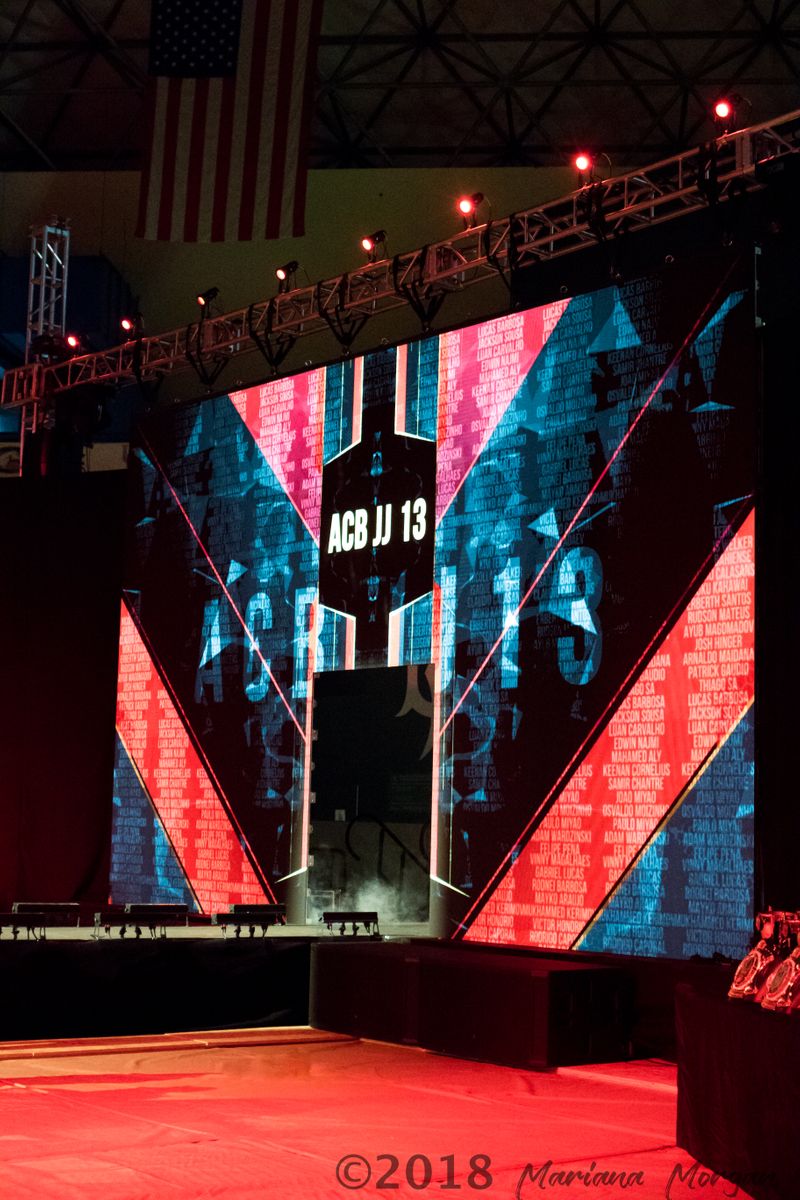Exploring the Durability of LED Display Panels in Contrast to Conventional Display Methods
Exploring the Durability of LED Display Panels in Contrast to Conventional Display Methods
Blog Article
LED panel screens have grown increasingly popular in recent years, particularly in settings like schools, corporate spaces, and community spaces. These panels use LED lights (LEDs) to create vivid and lively images. One of the most significant benefits of LED technology is its durability compared to traditional screen methods, such as CRT tube monitors (CRTs) and liquid display screens. Understanding the differences in duration and functionality between these options can help consumers make informed choices about their screen requirements.
Traditional screen technologies, like CRTs, have been around for numerous decades. They were frequently used in TVs and computer monitors. However, CRTs have a shorter lifespan, typically lasting approximately 10,000 to 20,000 hours of use. This means that after a couple years, consumers may notice a deterioration in picture quality, such as dimming or color distortion. In contrast, LED wall screens can last significantly longer, frequently exceeding 50,000 hrs. This prolonged duration means that consumers can experience consistent performance without the requirement for frequent replacements.
Another crucial factor to take into account is energy efficiency. LED panel screens consume less power than conventional displays, which not only helps the environment but also lowers power expenses. For instance, while a CRT monitor may consume around 100 W of energy, an LED panel can use as few as 30 to 50 W. This difference in power usage adds to the total longevity of LED innovation, as lower power consumption generates less thermal energy. Excessive heat can harm electrical components, leading to a shorter duration for conventional screens.
In furthermore to their longer duration and energy efficiency, LED panel screens also provide superior visual clarity. They provide more vivid colors and improved contrast, making them perfect for multiple applications, from advertising to learning presentations. The technology behind LED screens allows for a broader sight angle, meaning that visuals stay sharp and vibrant even when viewed from the flank. This is a major advantage over traditional displays, which frequently suffer from color distortion and diminished brightness at wider perspectives.
In summary, the longevity of LED wall panels in contrast to conventional screen technologies is a crucial factor for consumers to take into account. With durations that can surpass 50,000 hours, power Recommended Reading efficiency, and enhanced visual quality, LED technology offers many advantages. As technology continues to advance, LED wall panels are probably to become even more prevalent in multiple settings. Understanding these differences can help people and entities make improved choices when investing in display technology, guaranteeing they receive the optimal value for their needs.
